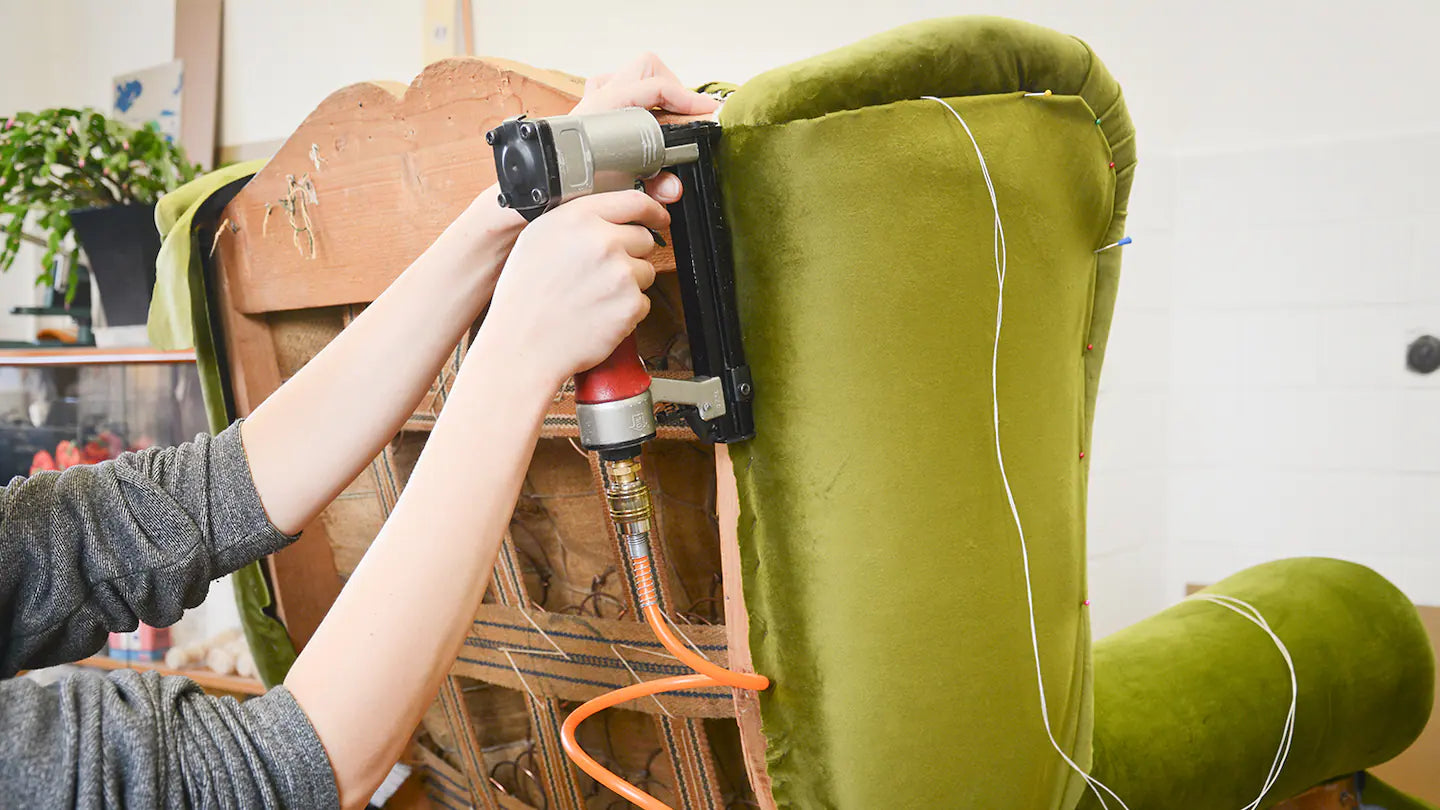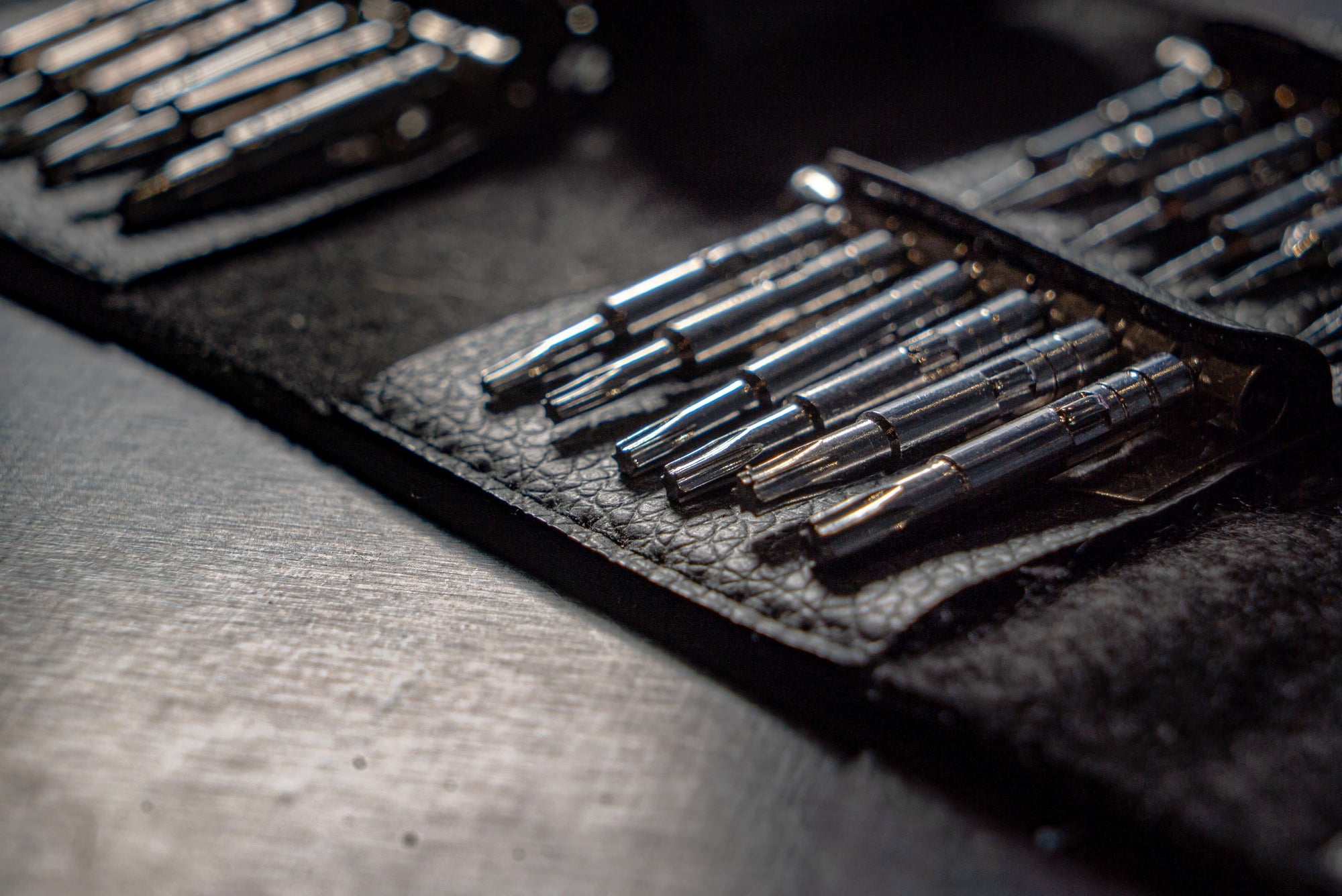Accuracy and precision are the cornerstones of successful DIY projects. Whether you're building furniture, renovating a room, or engaging in intricate crafts, the proper use of measuring and marking tools is crucial. These tools enable you to take precise measurements, mark guidelines, and ensure the perfect alignment of components. In this blog post, we will explore the importance of measuring and marking tools in DIY projects and discuss their various types and applications. By understanding the significance of these tools and using them effectively, you can elevate the quality of your projects and achieve professional-level results.
The Foundation of Precision
Accurate measurements and precise markings are the foundation of successful DIY projects. Measuring tools such as tape measures, rulers, and calipers allow you to determine the correct dimensions of materials and components. Marking tools, including pencils, chalk, and marking gauges, help you transfer those measurements onto the workpiece, ensuring precise cuts, drilling, or assembly. By establishing a foundation of precision through proper measurement and marking, you can avoid costly mistakes and ensure the seamless execution of your projects.
Types of Measuring Tools
Tape Measures: Versatile and essential, tape measures provide measurements of both length and width. Available in various lengths, they feature clear markings for accurate readings.
Rulers and Straightedges: These tools provide precise linear measurements and straight guidelines, ensuring the accuracy of cuts and layouts.
Calipers: Ideal for precise measurements of small objects or tight spaces, calipers offer both inside and outside measurements and are commonly used in woodworking and metalworking.
Levels: Levels ensure horizontal and vertical alignment, helping you achieve straight, level surfaces and precise positioning of fixtures.
Laser Measuring Devices: Advanced laser measuring devices provide quick and accurate measurements over longer distances, making them suitable for larger projects.
Types of Marking Tools
Pencils and Marking Knives: Pencils are versatile marking tools that allow you to make visible guidelines on a wide range of surfaces. Marking knives, with their sharp tips, create fine, precise marks for woodworking or delicate crafts.
Chalk Lines: Chalk lines use a string coated with chalk to create straight, visible lines over longer distances, making them useful for laying out large areas or creating reference lines.
Marking Gauges: Commonly used in woodworking, marking gauges enable you to scribe parallel lines, measure depths, and mark dimensions accurately.
Squares and Angle Finders: Squares help you establish right angles, while angle finders allow you to measure and transfer angles accurately, ensuring precise cuts and joints.
Stencil Sets: Stencil sets come in various shapes and sizes, allowing you to replicate patterns or markings consistently across multiple surfaces.
Enhancing Accuracy and Efficiency
Using measuring and marking tools not only ensures accuracy but also enhances efficiency in your DIY projects. By having precise measurements and guidelines, you can minimize material waste, reduce rework, and save time. These tools enable you to plan and execute projects more efficiently, preventing errors and the need for constant adjustments during construction or assembly. Additionally, precise measurements allow for better estimation of material quantities, ensuring that you purchase the right amount and avoid unnecessary expenses.
The Impact on Project Outcomes:
The quality of your DIY projects heavily relies on the accuracy and precision of your measurements and markings. Precise cuts, aligned components, and accurate assembly lead to visually appealing and structurally sound results. Whether it's the fit of joints, the alignment of shelves, or the positioning of fixtures, using measuring and marking tools properly ensures professional-level outcomes. When your measurements are accurate and your markings are precise, you can take pride in your work and showcase your attention to detail. Your projects will not only look visually appealing but also function flawlessly.
Investing in Quality Tools
To achieve the best results, it is essential to invest in high-quality measuring and marking tools. While it may be tempting to opt for cheaper alternatives, they often lack accuracy and durability, compromising the precision of your projects. Quality tools are built to withstand repeated use, provide accurate measurements, and offer reliable performance. Look for reputable brands known for their craftsmanship and precision. Although they may come with a higher price tag, they will prove to be a worthwhile investment in the long run.
Proper Tool Maintenance
To ensure the longevity and accuracy of your measuring and marking tools, proper maintenance is crucial. Keep them clean and free from dirt or debris that may affect their performance. Store them in a dry and secure place to prevent damage. Regularly check and calibrate your tools, especially those with movable parts or sensitive measurements, to maintain their accuracy. By taking care of your tools, you can rely on them for years to come, ensuring consistent precision in your DIY projects.
Learning and Practicing Techniques
While having the right tools is essential, learning and practicing proper techniques is equally important. Take the time to familiarize yourself with each tool's features, understand how to read measurements accurately, and practice making precise markings. Experiment with different techniques and gain confidence in using the tools effectively. Online tutorials, instructional videos, or joining DIY communities can provide valuable insights and guidance for honing your skills.
Safety Considerations
When using measuring and marking tools, prioritize safety. Keep sharp tools like marking knives away from children and always handle them with care. Use appropriate safety gear such as safety glasses, gloves, or ear protection when necessary. Follow manufacturer instructions and best practices to minimize the risk of accidents or injuries.
Conclusion
Measuring and marking tools are indispensable assets in any DIY enthusiast's toolkit. By understanding their importance, using them effectively, and investing in quality tools, you can achieve precise measurements, accurate markings, and professional-level outcomes in your DIY projects. From woodworking to home renovations, these tools lay the foundation for success, ensuring that your projects are executed with precision, efficiency, and a touch of craftsmanship. Embrace the power of accurate measurements and markings, and watch your DIY projects thrive with accuracy, beauty, and satisfaction. Remember, precision is the key to unlocking the full potential of your creativity and achieving the results you desire in every DIY endeavor.



